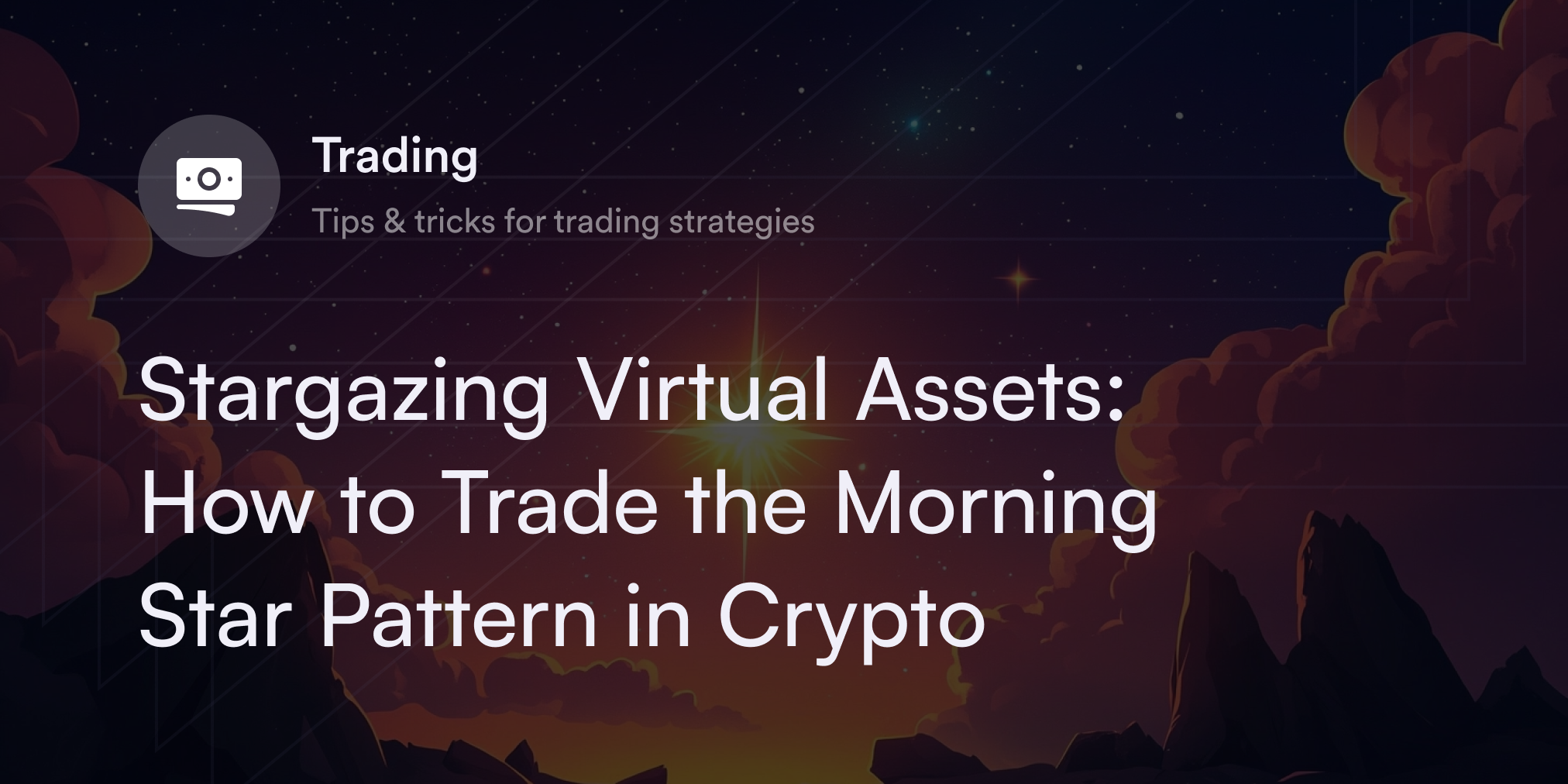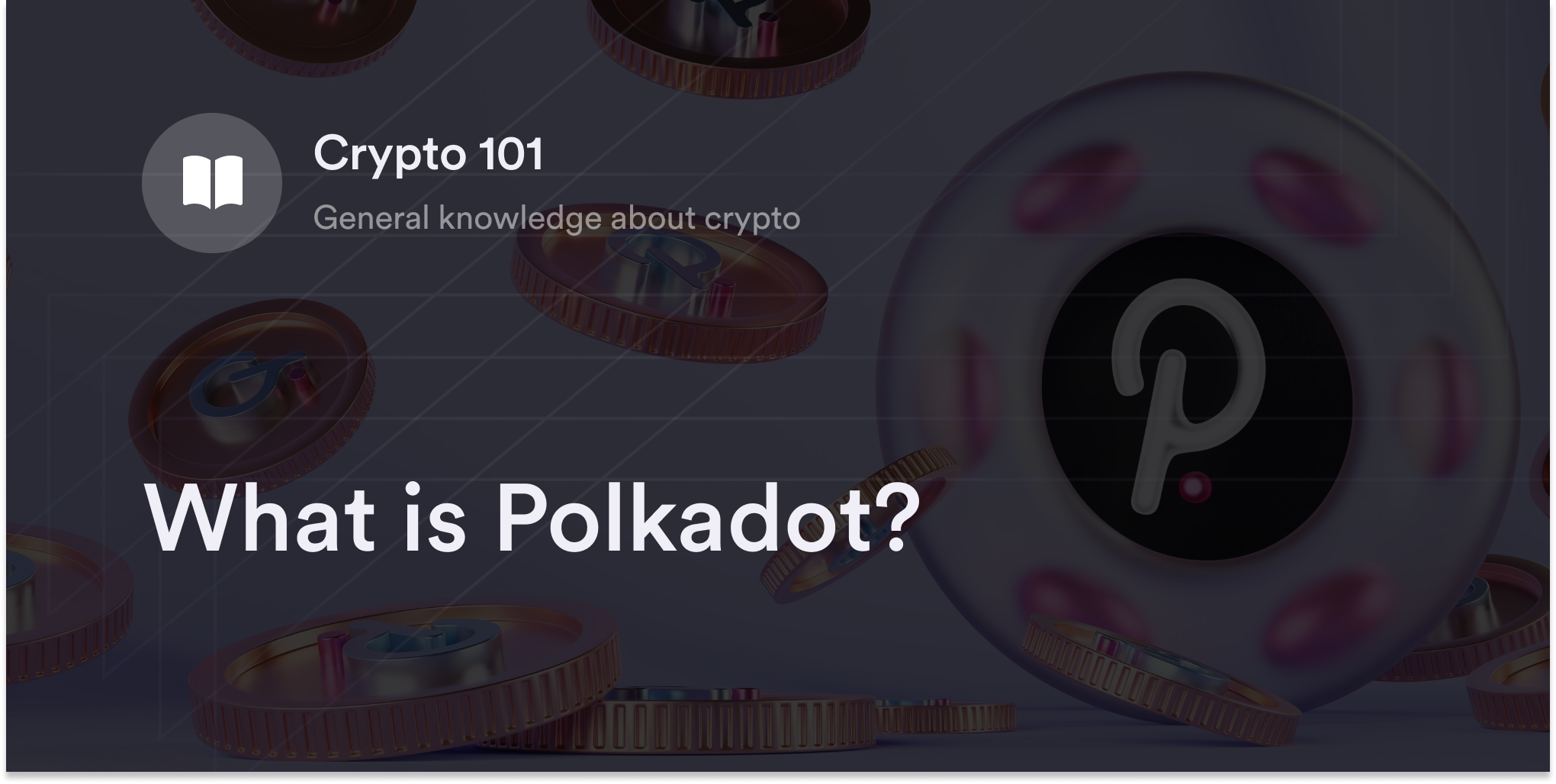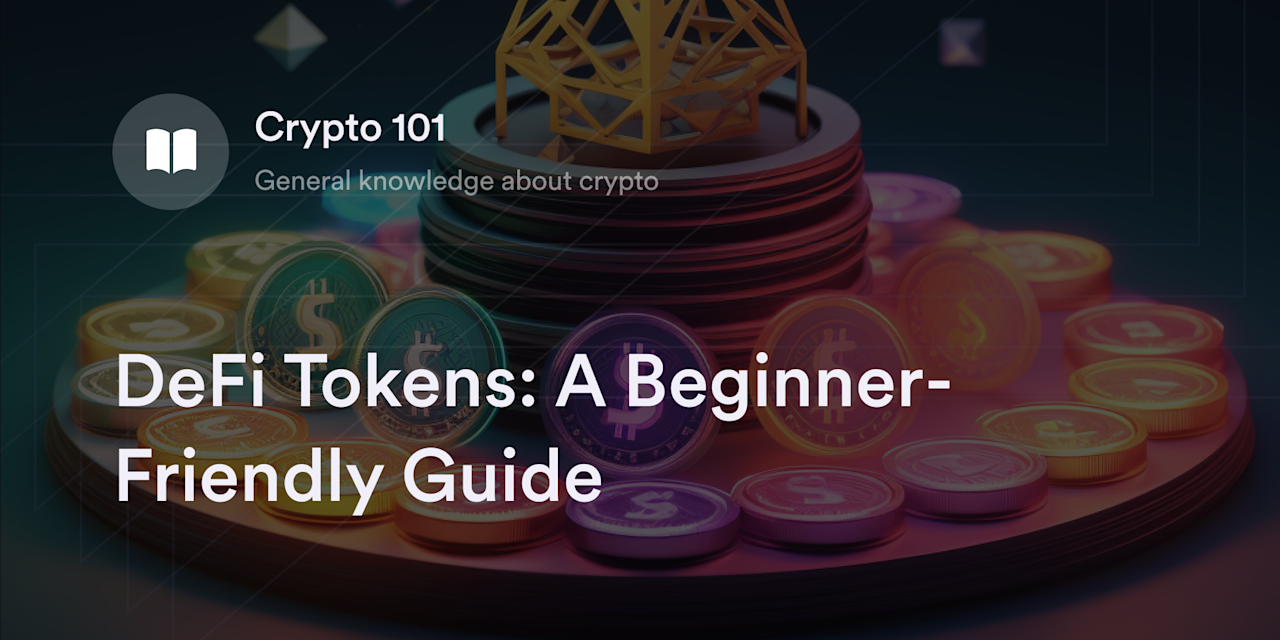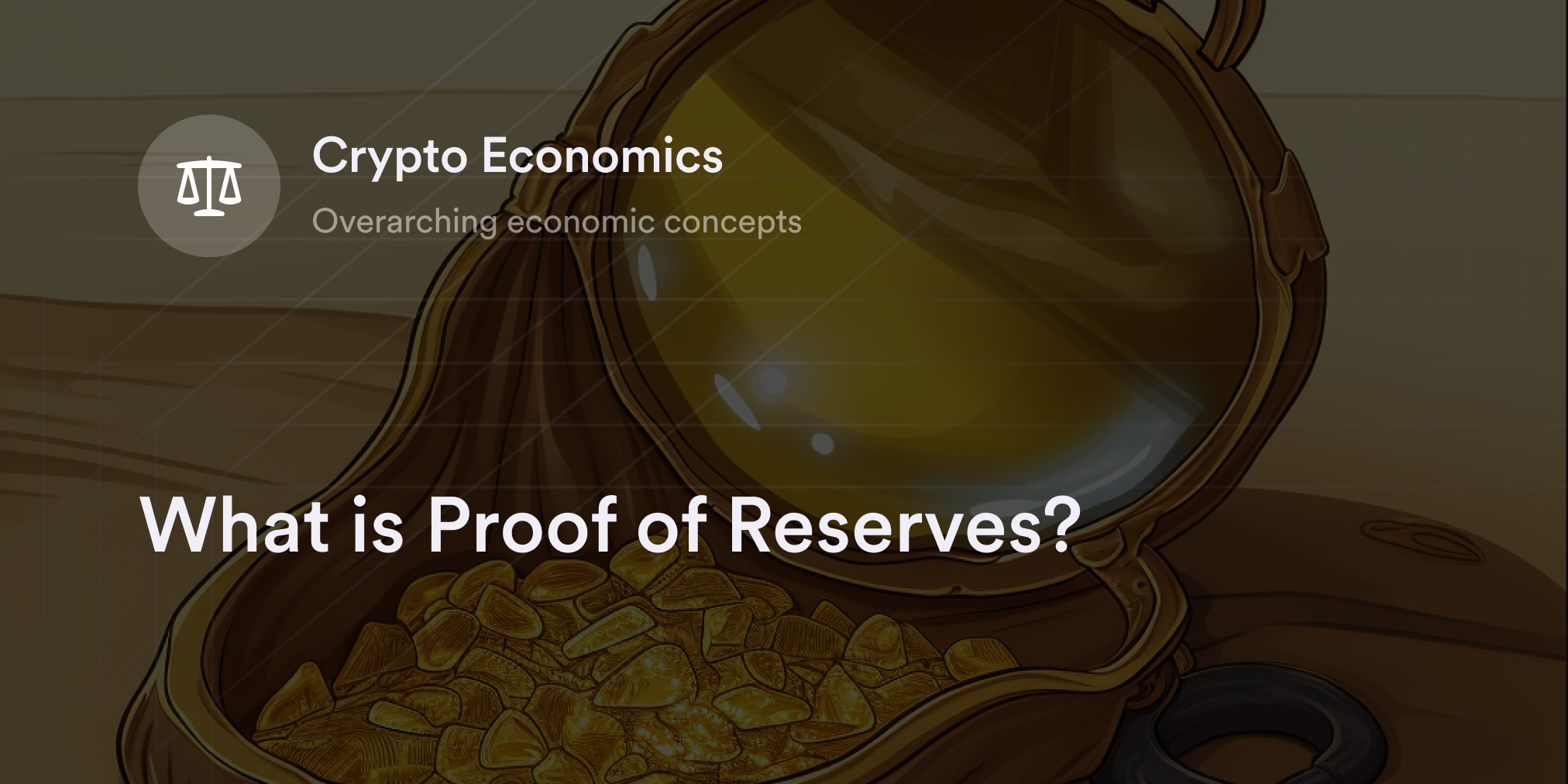
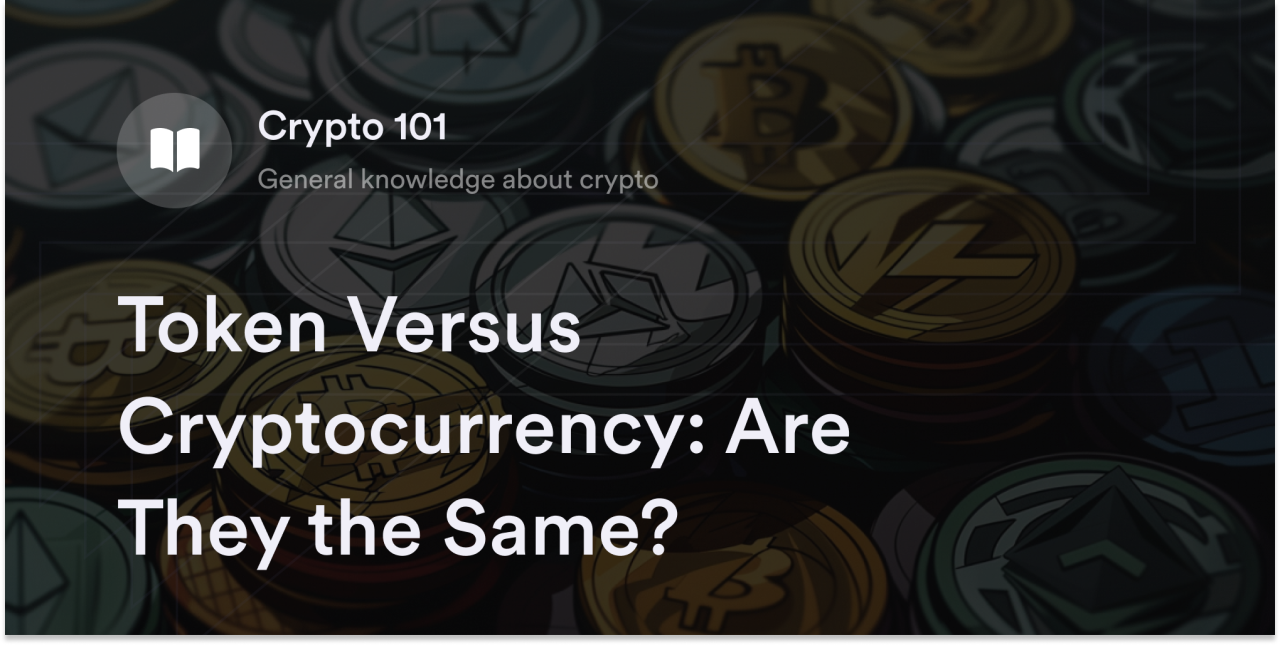

The topic of "tokenization" is most popular in cryptocurrency circles, but it's beginning to trend in mainstream finance. For example, analysts at CitiBank now suggest "tokenizing" technologies may be one of the greatest growth drivers in the crypto sector, with an estimated $5 trillion valuation by 2030.
In fact, some segments of the token economy have already proven to be incredibly lucrative, especially non-fungible tokens (NFTs). Estimates already indicate that the NFT market has a $37 billion market cap, and many analysts project further growth as crypto adoption increases.
So what exactly are "virtual tokens," and how are they different from crypto coins like Bitcoin (BTC)? Let’s explore the critical distinctions among tokens, cryptocurrencies, and coins to better understand the Web3 ecosystem.
Token Versus Cryptocurrency
The term "cryptocurrency" refers to any digital asset on a decentralized computer network called a "blockchain." Unlike government-issued fiat currencies, cryptocurrencies use advanced cryptographic systems to verify peer-to-peer (P2P) transactions on their respective software protocols.
Tokens, however, are a special class of cryptocurrencies built on top of blockchains like Ethereum, Solana, or Cardano. Think of tokens as "add-on" features that depend on a preexisting blockchain for security. Although tokens introduce many unique use cases (e.g., decentralized trading, gaming, and voting), they don't impact the internal processes of their underlying blockchain. Therefore, all digital tokens are cryptocurrencies, but not all cryptocurrencies are tokens.
Coins Versus Tokens in Cryptocurrency
If a cryptocurrency exists within a blockchain's source code, it's a coin rather than a token. For example, cryptographer Satoshi Nakamoto made Bitcoin (BTC) an essential component of the Bitcoin blockchain. Besides its value as a decentralized digital asset, Bitcoin is crucial for paying network fees and rewarding the computers (aka nodes) verifying transactions on the protocol. In other words, Bitcoin is an integral part of its software’s infrastructure rather than an optional add-on project. If something goes wrong with the coins on a blockchain, the entire ecosystem is at risk of collapse. Other examples of coins include Ethereum's Ether (ETH), Litecoin (LTC), and Dogecoin (DOGE).
In contrast, tokens are cryptocurrencies offering bonus features on top of a coin's blockchain. Developers typically use autonomous programs called "smart contracts" to issue their crypto tokens. For context, smart contracts execute commands based on pre-programmed instructions and remove centralized intermediaries from token issuance and transfer processes. For example, decentralized exchange (DEX) Uniswap launched its UNI token as an Ethereum-based token using the ERC-20 token standard. Therefore, UNI depends on Ethereum's infrastructure, and every UNI transaction is viewable on Ethereum's payment ledger.
Typically, traders use coins as a P2P medium of exchange and to pay fees on their networks. Tokens, however, have various potential use cases outside of trading and paying transaction costs. The stability of underlying blockchains gives token creators greater freedom to create innovative use cases, including rewards for play-to-earn games, digital trading cards, or synthetic versions of real-world securities.
Popular Use Cases for Crypto Tokens
There's no end to the potential applications of crypto tokens, and developers have only begun exploring ways to use tokenization in their projects. But a few token categories show tremendous growth potential in the Web3 ecosystem.
DeFi tokens: DeFi protocols are decentralized applications (dApps) built on blockchains offering P2P financial services. For example, DEXs like Uniswap and dYdX offer eligible traders intermediary-free crypto trading, while DeFi lending sites like Aave let crypto users borrow and lend digital assets. DeFi tokens are a collection of cryptocurrencies tied to a DeFi project and typically function as rewards and voting rights within the dApp's ecosystem. Examples include Uniswap's UNI, Aave's AAVE, and MakerDAO's MKR.
Stablecoins: Although stablecoins have "coin" in their name, they're technically tokens because they're always on top of another blockchain protocol. These tokens mirror the price of real-world assets like the U.S. dollar or euro, and crypto traders typically use them to reduce price volatility in their portfolios or as collateral when trading synthetic assets. Some common examples include Circle's USDC and Tether Limited's USDT.
Governance tokens: A governance token is any cryptocurrency that gives users a say in upcoming software proposals. People who hold governance tokens like MakerDAO's MKR or Compound Finance's COMP lock their tokens in smart contracts to vote for or against network changes. The idea behind governance tokens is to make the on-chain decision-making process as transparent and democratic as possible.
Metaverse tokens: The metaverse is an evolving area in the tech industry, but it typically refers to any software apps and hardware products that meld the physical and virtual worlds. Some cryptocurrency projects like Decentraland and The Sandbox offer metaverse platforms on Ethereum where gamers play, interact, and build virtual homes. Metaverse tokens like Decentraland's MANA or The Sandbox's SAND serve as in-game currencies and rewards.
What is a Non-Fungible Token?
NFTs are a subset of tokens equivalent to collectible assets like baseball cards or fine art. Unlike fungible tokens, NFTs have distinct blockchain addresses and data, granting holders unique and verifiable ownership rights. It's impossible to trade between NFTs on cryptocurrency exchanges because they possess unduplicable traits, transparent blockchain addresses, and distinguishing metadata. Also, NFTs don't trade at a 1:1 value on crypto exchanges, so traders often exchange them in auctions on NFT markets like OpenSea and Magic Eden.
The most popular NFTs are profile picture collections (PFPs), most of which feature images of animal avatars. However, converting any digital file—including films, photos, and music—into an NFT is possible. Some popular examples include Yuga Labs' Bored Ape Yacht Club (BAYC), De Labs' DeGods, and dYdX's Hedgies.
Are Altcoins Tokens?
In the early days of cryptocurrency, traders began using the term "altcoin" to describe any non-Bitcoin digital asset. Since most of these early Bitcoin alternatives used BTC's blockchain as inspiration (e.g., Litecoin and Dogecoin), they were all coins rather than tokens. It wasn't until Ethereum introduced smart contracts in 2015 that tokens began to explode in the cryptocurrency space. For the first time in crypto history, smart contracts allowed developers to build tokens on top of another blockchain (in this case, Ethereum).
Despite the many changes in the crypto world since Ethereum's launch, the term altcoin is still widely used and refers to any cryptocurrency project besides Bitcoin. Therefore, tokens are a type of altcoin, but all non-Bitcoin coins also fall into this category.
A Few Examples of Crypto Tokens
As building cryptocurrencies on blockchains like Ethereum and Cosmos became easier, the number of tokens in the crypto market exploded. The rising popularity of NFT trading also introduced countless new token collections to the crypto ecosystem. Although thousands of tokens exist in the digital assets space, some projects consistently rank high in the crypto industry.
Uniswap (UNI): Released in 2020, UNI is a DeFi token created for Ethereum's DEX Uniswap. In addition to UNI's role as an incentive for traders who use or contribute to Uniswap, this token gives holders voting rights for software proposals on this DEX.
Shiba Inu (SHIB): Modeled on the meme coin Dogecoin, SHIB is a dog-themed cryptocurrency built on the Ethereum blockchain. Since its rise in 2021, the Shiba Inu development community has continued to work on new applications for the SHIB ecosystem, including an Ethereum scaling solution, DeFi trading, and metaverse gaming.
Stacks (STX): Stacks is a blockchain on top of Bitcoin's Network trying to bring Ethereum's features to BTC's ecosystem. For instance, Stacks wants to introduce smart contracts using BTC as the base protocol to create dApps on Bitcoin. Stacks' STX token powers smart contracts on its protocol and secures the network thanks to a staking rewards mechanism.
Eligible Traders can Trade Dozens of Altcoin Perps on dYdX
Whether you're interested in trading coins or tokens, eligible traders using dYdX have access to a wide range of crypto perpetual contracts. From large-cap coins like BTC and ETH to high-profile tokens like Uniswap and Aave, eligible users have dozens of ways to trade crypto derivatives using dYdX's decentralized exchange. To learn more about what cryptocurrencies are and how crypto perpetuals work, check out the educational resources on our Academy. And if you want to learn more about our product and platform, head to dYdX's blog.
Eligible traders can start trading on dYdX today!
Disclaimer
The content of this article (the “Article”) is provided for general informational purposes only. Reference to any specific strategy, technique, product, service, or entity does not constitute an endorsement or recommendation by dYdX Trading Inc., or any affiliate, agent, or representative thereof (“dYdX”). Use of strategies, techniques, products or services referenced in this Article may involve material risks, including the risk of financial losses arising from the volatility, operational loss, or nonconsensual liquidation of digital assets. The content of this Article does not constitute, and should not be considered, construed, or relied upon as, financial advice, legal advice, tax advice, investment advice, or advice of any other nature; and the content of this Article is not an offer, solicitation or call to action to make any investment, or purchase any crypto asset, of any kind. dYdX makes no representation, assurance or guarantee as to the accuracy, completeness, timeliness, suitability, or validity of any information in this Article or any third-party website that may be linked to it. You are solely responsible for conducting independent research, performing due diligence, and/or seeking advice from a professional advisor prior to taking any financial, tax, legal, or investment action.
You may only use the dYdX Services in compliance with the dYdX Terms of Use available here, including the geographic restrictions therein.
Any applicable sponsorship in connection with this Article will be disclosed, and any reference to a sponsor in this Article is for disclosure purposes, or informational in nature, and in any event is not a call to action to make an investment, acquire a service or product, or purchase crypto assets. This Article does not offer the purchase or sale of any financial instruments or related services.
By accessing this Article and taking any action in connection with the information contained in this Article, you agree that dYdX is not responsible, directly or indirectly, for any errors, omissions, or delays related to this Article, or any damage, injury, or loss incurred in connection with use of or reliance on the content of this Article, including any specific strategy, technique, product, service, or entity that may be referenced in the Article.



